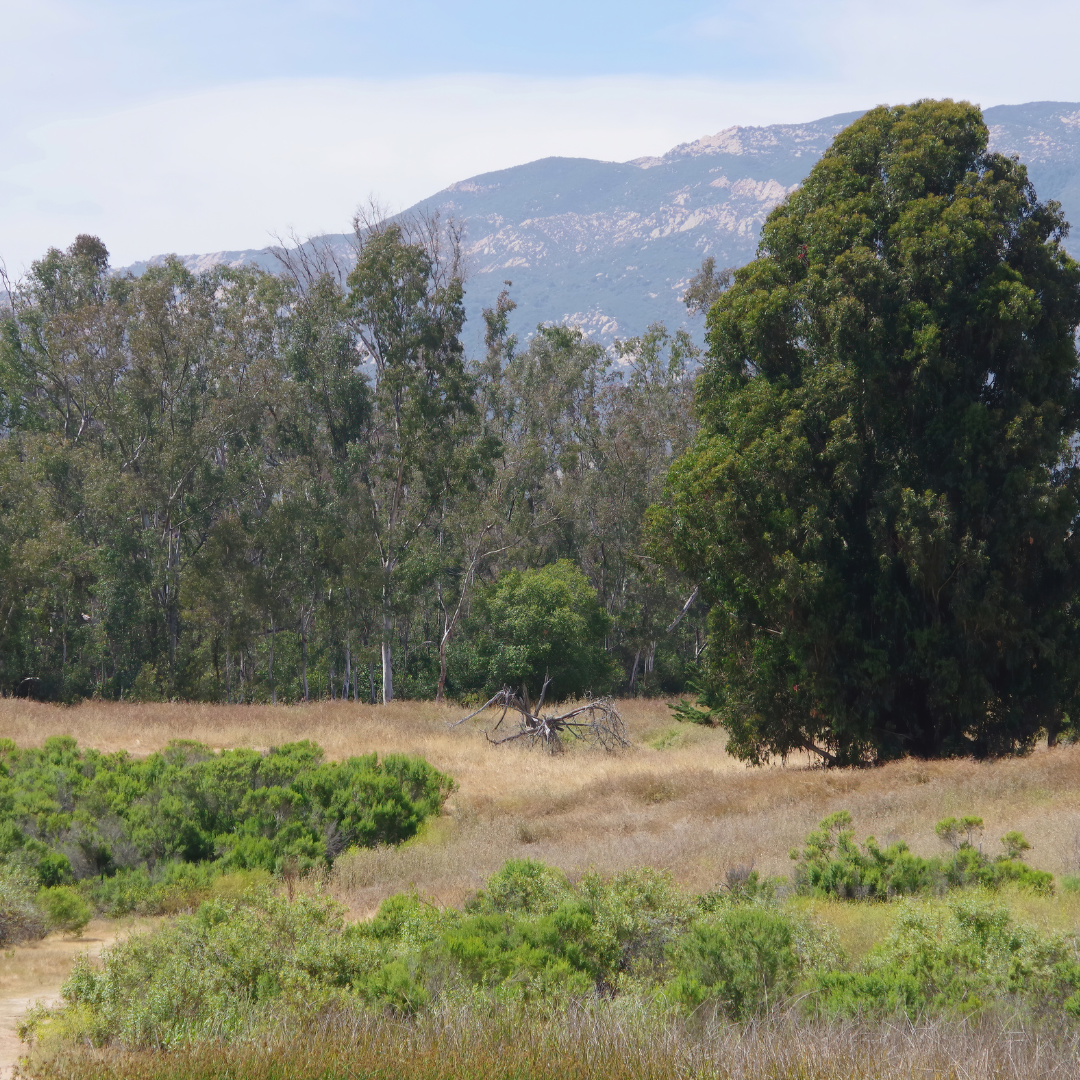About RCDs
What Are Resource Conservation Districts?

Resource conservation districts (RCDs) were initially established by the federal government in the 1930s in response to the Dust Bowl crisis resulting from poor agricultural practices that wrecked soils. RCDs were formed to educate land owners, land managers, and the public about conservation practices, and to support and promote voluntary conservation efforts in their local communities.
In California, RCDs are established as special districts under Division 9 of the California Public Resources Code. RCDs are designed to be non-regulatory and not-for-profit forms of local government that provide transparency and accountability, while also building trusting relationships with the public and adapting to the changing needs of the local community. RCDs focus on protecting and wisely managing critical agricultural lands, watershed areas, habitat, and natural resources, such as water, soil, and flora and fauna.
Special districts are formed to provide specific functions and services to the public. There are many types of special districts in California, including (but limited to) healthcare, fire protection, and water districts (see the California Association of Special Districts for more information). RCDs are a special type of special district. Unlike other types of special districts, RCDs are not state funded and instead rely on minimal tax allocation based on their boundaries, funding through competitive grants, and collaborative partnerships to meet the specific needs of their local community. RCDs serve as a vital link between federal, state, and local governments and agencies, helping these entities meet their conservation goals.

*Map courtesy of the California Association of Resource Conservation Districts
Across the state, RCDs offer a range of projects, programs, and services, and assist local government entities (e.g., cities, counties) in meeting their conservation goals and mandates. Regions across the state (including the San Diego region) and local communities are already feeling the effects of climate change. RCDs play a critical role in supporting and assisting with climate resiliency locally and across the state. In 2021-2022, the foundational RCD legislation was updated to specifically recognize the vital conservation work that RCDs do and the important role that RCDs play in the State’s climate resiliency.
There are currently 95 RCDs across California covering more than 85% of the state. To learn more about Resource Conservation Districts, please visit the California Association of Resource Conservation Districts.
